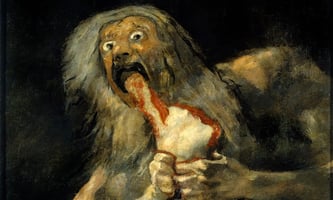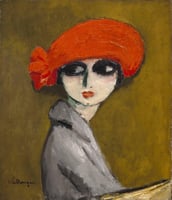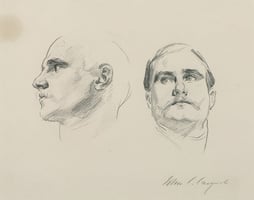The Black Paintings of Francisco Goya are not only some of the most important and influential...
Exploring the Mystery and Intrigue of Francisco Goya
Francisco José de Goya y Lucientes (30 March 1746 – 16 April 1828) was a Spanish romantic painter and printmaker regarded both as the last of the Old Masters and the first of the moderns. Goya was court painter to the Spanish Crown and a chronicler of history. He has been regarded both as the last of the Old Masters and the first of the moderns due to his innovative techniques, bold use of light and shadows, and the psychological complexity of his art.
Goya was born in Fuendetodos, Aragón, Spain, and later studied painting in Zaragoza. He moved to Madrid to study with Anton Raphael Mengs and José Luzán y Martinez and became a court painter to the Spanish Crown under Charles III and Charles IV.
During the Napoleonic Wars, Goya remained in Madrid during The War of Independence, and painted the portrait of Joseph Bonaparte, the brother of Napoleon. After the fall of the French Empire, Goya returned to the Spanish court and painted the portrait of Ferdinand VII.
During the turbulent years of the Spanish Peninsular War, Goya created a series of prints called The Disasters of War, which depicted the horrors of the conflict. These works have been described as some of the most powerful anti-war art ever created.
In later life, Goya was afflicted with a serious illness, possibly lead poisoning or syphilis, which left him deaf. This did not stop him from painting and producing works of art, however. He created a series of 14 Black Paintings which he hung on the walls of his home. These works are some of his most famous and powerful pieces, and are now housed in the Prado Museum in Madrid.
Goya's works have had a profound influence on modern art, and his influence can be seen in the works of many of the greatest modern painters, such as Salvador Dalí, Pablo Picasso, and Jean-Michel Basquiat. Goya's art is characterized by a strong emotional intensity, bold use of light and shadows, and psychological complexity. His works are widely regarded as some of the greatest paintings in the history of art.




